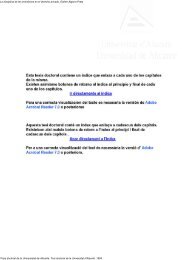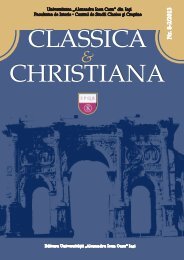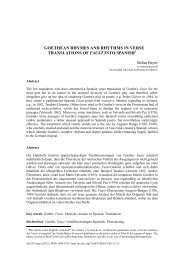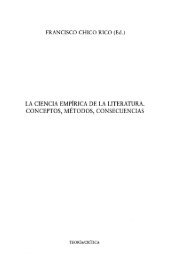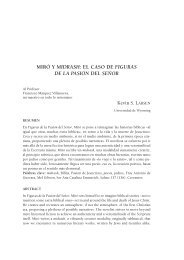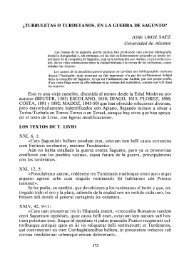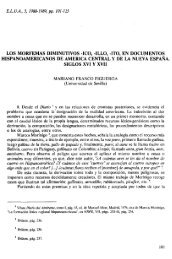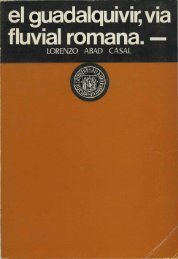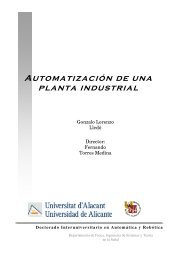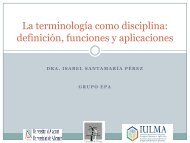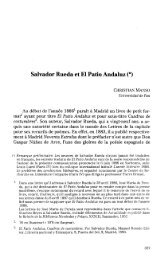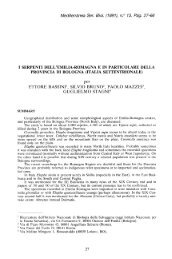ecological effects of marine protected areas empafish project ...
ecological effects of marine protected areas empafish project ...
ecological effects of marine protected areas empafish project ...
Create successful ePaper yourself
Turn your PDF publications into a flip-book with our unique Google optimized e-Paper software.
Monte da Guia-Faial: <strong>ecological</strong> studies<br />
� General<br />
o Fish assemblage<br />
Fish assemblages have been studied in the area since the 1980’s, after efforts<br />
from a variety <strong>of</strong> naturalists, but it was in 1989, with an international effort<br />
lead by the University <strong>of</strong> the Azores, the ‘Azores Expedition’, that the<br />
systematic description <strong>of</strong> the assemblages was undertaken. This boosted<br />
numerous studies on the rocky and sandy intertidal community in and around<br />
the area (Santos et al. 1994; Nash et al. 1994a, 1994b, 1998; Santos & Nash<br />
1995) and underwater visual census (UVC) surveys <strong>of</strong> the subtidal<br />
assemblage (Patzner & Santos 1993). A UVC monitoring program has been in<br />
place since 1997, covering most <strong>of</strong> the habitats in the whole Faial-Pico<br />
Channel area, including the Marine Reserve (Afonso 2002; Morato et al.<br />
2004). Other related works are the <strong>of</strong>ficial landings database and some<br />
descriptive and assessment studies <strong>of</strong> local fisheries. The biology (Santos et<br />
al. 1995; 1998; Nash et al. 1998b; Morato et al. 2000; 2001; 2003a; 2003b,<br />
Figueiredo et al. 2005) and behavioural ecology (e.g. Santos 1995; Oliveira et<br />
al. 2002; Carvalho et al. 2003; Ros et al. 2004; Afonso et al. 2005) <strong>of</strong> key<br />
shore reef fishes are two other fields that have seen major increase since that<br />
date, and some work on coastal fish larvae has also been carried out<br />
(Sobrinho-Gonçalves & Isidro 1999). Phylogenetic studies have also been<br />
undertaken in the area on several reef fishes (Guillemot et al. 2000a, 2000b;<br />
Carvalho et al. 2000; Aurelle et al. 2003). More recently, the pre-settlement<br />
dispersal and post-recruit movements and patterns <strong>of</strong> habitat use <strong>of</strong> several<br />
key species are also being studied (Fontes et al. 2005).<br />
o Benthic communities<br />
The ‘Azores ’89 Expedition’ also started the descriptive knowledge <strong>of</strong> the<br />
benthic communities around the area (e.g. Tittley and Neto 1994; Moss et al.<br />
1992), although some previous work had been done on commercial species<br />
(Martins 1985). Ever since, a large effort has been in place to map and<br />
characterise the seafloor and associated biotopes, including the use <strong>of</strong> UVC,<br />
ROV, drop-down video and multibeam sonars (e.g. Tempera et al. 2001c). A<br />
monitoring program on invasive algae and invertebrate species is also in place<br />
given the location <strong>of</strong> the MPA near Horta marina - a reported entrance point<br />
for non-native species.<br />
o Seabirds<br />
Although the coasts <strong>of</strong> Monte da Guia are not an Important Bird Area or a<br />
Special Protection Area, they do contain seabird features. A small colony <strong>of</strong><br />
common tern (Sterna hirundo) breeds annually on the SW cliffs <strong>of</strong> Monte da<br />
Guia. The numbers <strong>of</strong> this colony varied between a maximum <strong>of</strong> 163 and a<br />
minimum <strong>of</strong> 30 breeding pairs. The terrestrial part <strong>of</strong> the reserve is also used<br />
as a nesting site by a small number <strong>of</strong> Cory’s shearwaters (Calonectris<br />
diomedea borealis). Caldeirinhas coast is used all year round by a small group<br />
<strong>of</strong> non-breeding grey herons (Ardea cinerea), mostly as a resting place.



